The Potez 38 was a French single engine, eight or nine seat passenger aircraft flown in 1930. Only one was built.
The Potez 27 was a French reconnaissance biplane first flown in 1924. 175 were operated by the Polish Air Force, most built in Poland by PWS under licence. Others went to Romania, where they were also used as light bombers.
The Caudron C.220 was a two-seat French biplane trainer. Only two were built, using different engines.
The Caudron C.97 was a two-seat biplane trainer designed and built in France around 1924. A number were used by the Bolivian Air Force.

The Caudron C.67 was a simple single seat biplane with a low powered engine. It was built and flown in France in 1922.
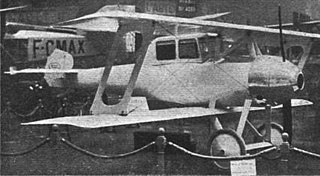
The de Marçay Limousine was a two-seat French touring biplane introduced at the 1919 Paris Aero Salon. A smaller but otherwise very similar single-seater was also there.

The Albessard Triavion, sometimes known as the Peyret-Albessard Triavion, was a three surface aircraft, combining a tandem wing and conventional tailplane.
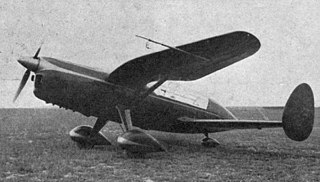
The Delanne 20-T was a French tandem wing aircraft designed as an aerodynamic model for a larger fighter aircraft. It was tested during 1939.
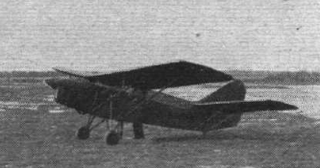
The SFCA Taupin was a French tandem-wing aircraft, designed to provide a simple, stable and safe aircraft able to take-off and land in small spaces.
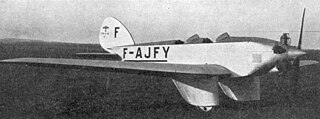
The Albert A-60 was a single engine, two seat, wooden sports monoplane designed and built in France in the early 1930s. Two were built and flown with three different engines.

The Lachassagne AL 5 was a French low power, single seat sports aircraft with novel, in-flight variable camber wings and tailplane. It first flew in 1930; at least two were built.
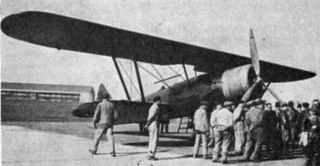
The Potez 50 or Potez 50 A2 was a French two seat military multi-rôle aircraft, first flown in 1931. It did not go into service but seven variants using five different engines were produced, one of them setting several speed with useful load records and another, the Potez 506, setting three altitude world records.
The Duverne-Saran 01 was a twin engine, three seat touring aircraft built in France in the mid-1930s. Only one was completed.
The Caudron C.570 was a French twin-engine aircraft designed and built by Caudron in the mid-1930s. It was designed to function in multiple roles; as a bomber, passenger transport, paratroop aircraft, cargo aircraft and air ambulance.

The Morane-Saulnier MS.350 was a French aerobatic trainer flown in 1936. Only one was built but it had a long career, flying post-war until the 1960s.
The Régnier 12 was a 1930s Belgian touring aircraft offering variants with different engines and seating plans. Only one was built.

The Dewoitine D.480 was a French single engine side-by-side sports and training aircraft built in the early 1930s. Two were completed and flew with several different radial engines. One remained active through the 1950s.
The Bulté RB.1 was a Belgian training and touring biplane first flown in 1928. Five examples flew with clubs and with private owners in contests and rallies.

The Huff-Daland HD.8A was a small civil transport biplane carrying two passengers built in the U.S. in 1922. The otherwise identical HD-9A offered an alternative engine.
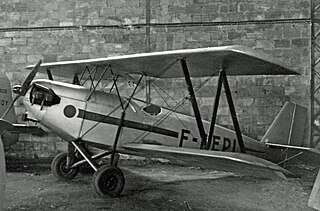
The SCAL FB.40 was a French, side-by-side seat biplane trainer chosen in 1938 for widespread use in the Aviation Populaire programme. The Second World War prevented large scale production but at least two were restored post-war, one becoming a familiar rally participant.












